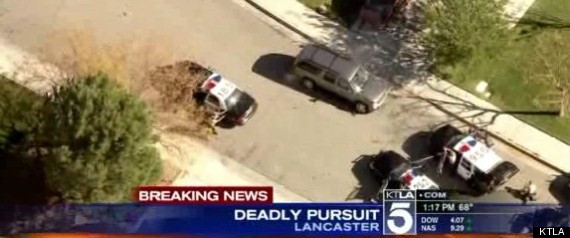Firearms
terminology confuses many writers. Sue
Grafton, a superstar in the world of crime fiction, was blasted by many readers
when she equipped her private eye Kinsey Millhone with a measly .32 caliber
pistol when any self-respecting ex-cop would carry a .357, 9mm, .40
cal—anything but never a .32.
Confusing “revolver” and “pistol” is a classic mistake. Pistol usually refers to any handgun not a
revolver, primarily large capacity, semi-automatic handguns. Having a revolver eject spent shells onto the
ground will prompt snorts of derision from educated readers.
The
revolver vs. pistol issue was covered in an earlier blog post, so I’ll move on
to some terms related to ammunition that could be used in your story:
Caliber
– the dimension of the bullet. Sometimes measured in hundredths of an inch like
.38 caliber, sometimes in millimeters (9mm).
Cartridge
– complete unfired ammunition consisting of a cartridge case, powder charge,
bullet and primer. This is what you load in your firearm.
 |
| common pistol cartridges |
Bullet
– the projectile attached to the front of a cartridge. This is what is fired from your firearm.
 |
| The bullet is the projectile that is fired at the target. The exterior is often a copper or brass jacket covering lead and other metals. |
Bullet
jacket – the copper or brass outer skin of a jacketed bullet. Sometimes
portions of the jacket will fragment off when the bullet strikes an object.
Case - the portion of a cartridge containing the gunpowder. A pistol ejects the case when it is fired. For a revolver, you must physically remove the fired cases from the cylinder to reload. Cases are informally referred to as "hulls" or "brass."
Slug –
while sometimes used to refer to a bullet, a slug is a lead projectile fired
from a shotgun. Some shotgun shells contain numerous pellets. A slug shell
contains only the large lead projectile.
 |
| comparison of 00 shotgun shell with slug |
“00-buck”
shell – shotgun shell referred to as “double ought buck” or “double ought
buckshot.” The shotgun shell most commonly used by law enforcement. The shell
contains nine .32 caliber lead pellets.
Wad or
wadding – plastic, paper, or fiber disk that separates the powder from the shot
in a shotgun shell. It is propelled out of the gun along with the pellets,
sometimes into the target. The wad only travels a few yards, so drawing a line
from the victim back to the wad and extending it will indicate the direction
from which the shot was fired.
 |
| stippling around entry wound |
Stippling
– abrasions or ‘tattooing’ produced on the skin by gunpowder when the gun is
fired from a short distance.
GSR –
a general term for gunshot (gunpowder) residue. A test for residue is
abbreviated GSR.
Powder
particles – sometimes visible, unburned gunpowder can be found on the clothing
or body of a wounded person.
Magazine
– a device for holding cartridges which is inserted into the grip of a
pistol. It is NOT a “clip.”









